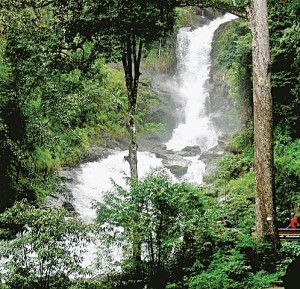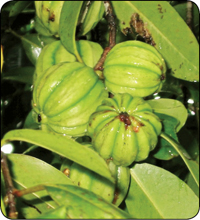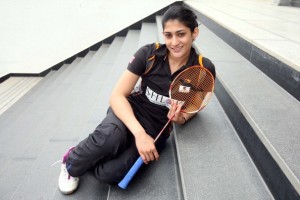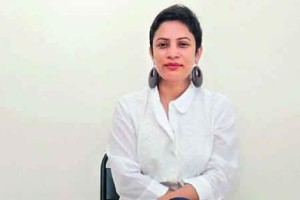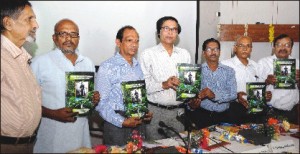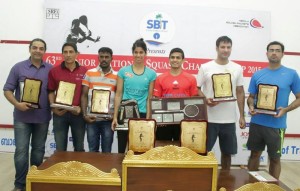Bengaluru :
Infosys co-founder and former CEO SD Shibulal is joining the board of The Tamara, the hospitality venture set up by his daughter Shruti, as its chairman at a time when the company is planning at least one fresh acquisition in the German speaking region of Western Europe

Since he retired from Infosys last year, Shibulal has been making investments through his family office Innovations Investment Management, most notably in real estate and hospitality sectors.
“He (Shibulal) plans to use his years of experience on a professionally run board to bring the foremost standards of corporate governance to The Tamara,” said Senthil Kumar N, director and chief executive of The Tamara.
The Tamara, which operates under the umbrella of Shibulal’s family office, also helps manage properties owned by the Shibulal family across the world.
Real estate makes up over half the portfolio of Shibulal’s family office, which has several resorts and projects in India.
The company’s flagship property and brand is the Tamara Coorg – a pet project of Shruti Shibulal, who is currently spearheading the venture’s Thiruvananthapuram project as well as the acquisition being pursued in Europe.
Shruti, who holds an MBA degree from Columbia Business School and started her career with Merrill Lynch, has also been actively building the family’s real estate portfolio. She also runs several finedining restaurants, including Caperberry and Fava in Bengaluru’s upmarket UB City mall.
“Each one of our platforms (such as The Tamara) has a professional management and governance structure in place from the beginning. They develop their own medium and long-term plans based on various factors. For example, our decision to consider acquiring a hotel property in the German speaking part of Western Europe is part of our long-term strategy,” said Kumar, an IIM-Bangalore and BITS-Pilani graduate who joined the Shibulal family office in 2005.
The company has started construction for its upcoming projects in Thiruvananthapuram and Kodai projects. It has also begun operating two new properties – Lilac in Bengaluru and Palma Laguna on the Kerala backwaters, Kumar said.
Shibulal’s family office currently manages the entire wealth of the family including any new funds added through dividends and share sales, and also helps build the philanthropic and business platforms which the family is interested in, Kumar said.
Since his retirement, Shibulal has also become an active investor in the startup ecosystem and even set up a venture capital and accelerator program called Axilor under the purview of his family office, roping in fellow Infosys co-founder S Gopalakrishnan as an investor.
ET had reported last year that Shibulal and his family own several hundreds of apartments and properties across the world. Shibulal and his family currently have about 1.97% of shareholding in Infosys, worth nearly $1 billion (about Rs 6,400 crore).
source: http://www.economictimes.indiatimes.com / The Economic Times / ET Home> Tech> ITes / by Anirban Sen, ET Bureau / July 29th, 2015
